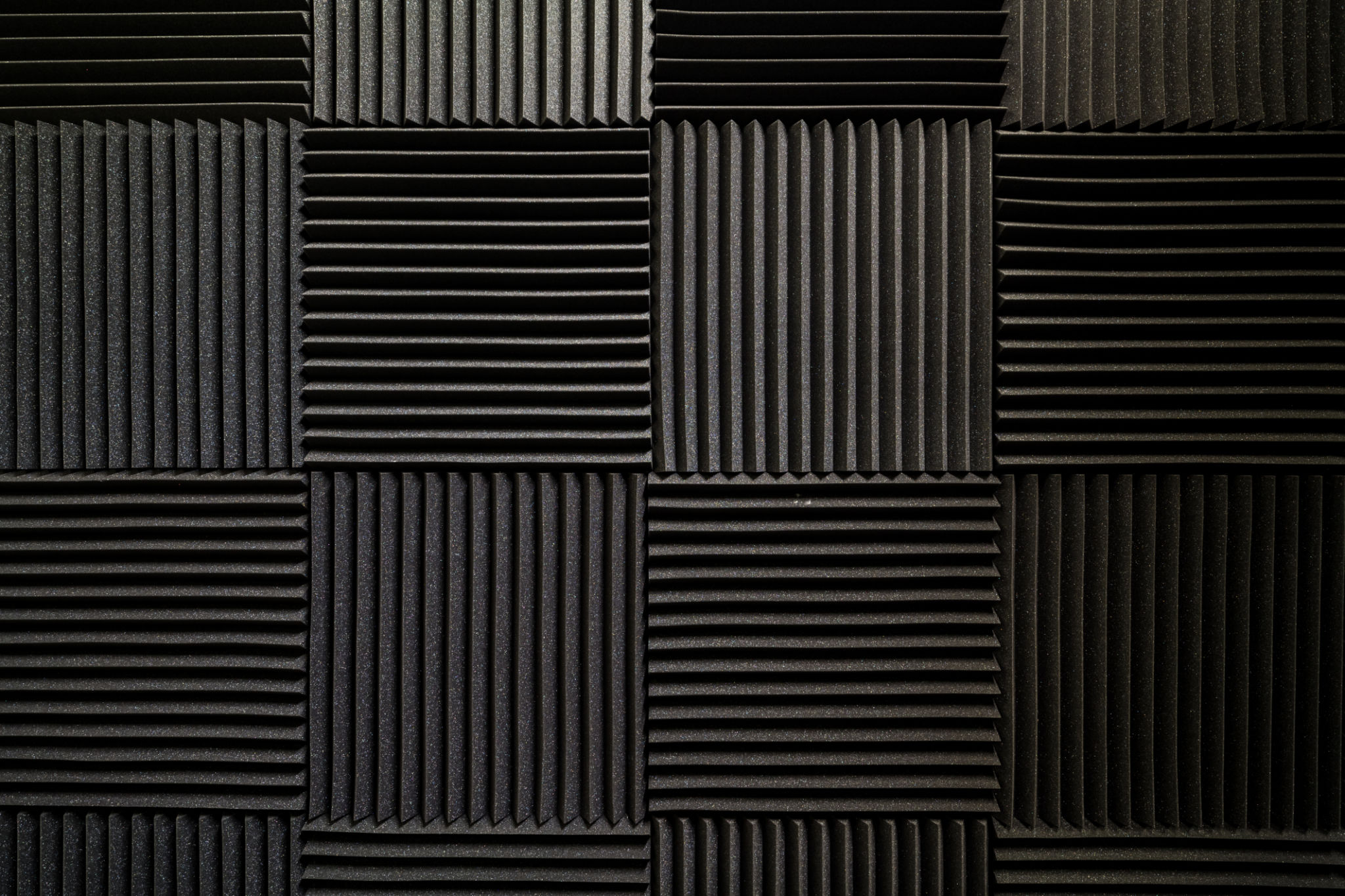Afrohouse Essentials: A Beginner’s Guide to Creating Impactful Beats
Introduction to Afrohouse Music
Afrohouse is a vibrant genre that blends African rhythms with house music, creating a unique and captivating sound. It's a genre that has gained immense popularity for its energetic beats and cultural richness. For beginners looking to dive into the world of Afrohouse, understanding the essentials of creating impactful beats is key to producing compelling tracks.

Understanding the Core Elements
Before you start crafting Afrohouse beats, it's important to familiarize yourself with the core elements that define this genre. At its heart, Afrohouse relies heavily on rhythmic percussion, deep basslines, and melodic synths. These elements work together to create the infectious grooves that make Afrohouse so irresistible.
Another crucial component is the use of African-inspired vocal samples. These can add an authentic touch to your tracks, enhancing their cultural depth. Incorporating these elements thoughtfully will elevate your music, making it resonate with the vibrant essence of Afrohouse.
Tools and Software for Afrohouse Production
To produce Afrohouse music, you'll need the right tools and software. Digital Audio Workstations (DAWs) like Ableton Live, FL Studio, and Logic Pro are popular choices among producers. These platforms offer a range of features that are essential for creating and manipulating sounds.

Additionally, investing in quality VST plugins can greatly enhance your sound library. Plugins such as Xfer Serum, Native Instruments Massive, and Arturia's V Collection are excellent for crafting unique synth sounds and rich textures that are characteristic of Afrohouse.
Creating Your First Afrohouse Beat
When starting your first Afrohouse project, begin by laying down a solid drum pattern. Use a combination of kick drums, snares, and hi-hats to create a percussive foundation. Pay close attention to the groove; Afrohouse thrives on rhythm and movement.
- Layer Your Percussion: Experiment with different percussion layers to add complexity and depth.
- Incorporate Basslines: Craft a deep and rolling bassline that complements your drum pattern.
- Add Melodic Elements: Introduce melodic synths and pads to bring a harmonic dimension to your track.

Mixing and Mastering Tips
Once your beat is structured, focus on mixing and mastering to ensure a polished final product. Start by balancing the levels of each element, making sure no part overwhelms the mix. Use EQ to carve out frequencies and create space for each instrument.
Compression can be used to control dynamics and add punch to your drums. Finally, apply reverb and delay effects sparingly to enhance the spatial quality of your track without muddying the mix. Mastering should be the final step, giving your track the professional sheen needed for release.
Conclusion: Embrace Creativity
Creating Afrohouse beats is an exciting journey that allows for immense creativity and expression. As you grow more comfortable with the genre's nuances, don't be afraid to experiment and push boundaries. Afrohouse is as much about innovation as it is about tradition.
Whether you're producing for dance floors or personal enjoyment, the key is to immerse yourself in the music and let your creativity flow. With these essentials in mind, you're well on your way to creating impactful Afrohouse beats that captivate audiences worldwide.